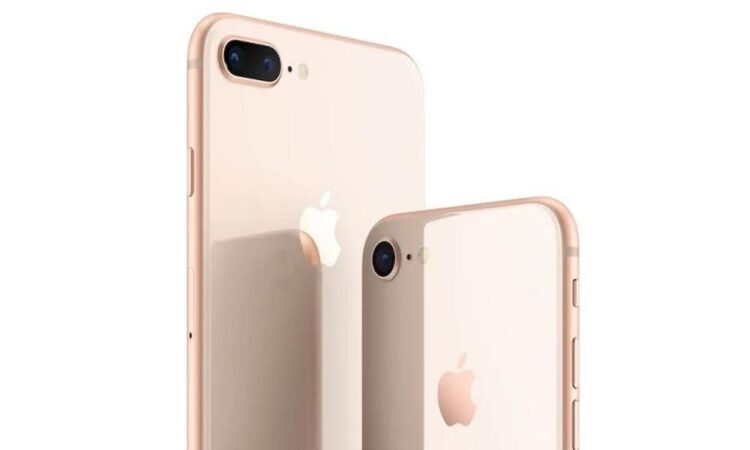
Since its groundbreaking debut in 2007, the iPhone has undeniably revolutionized the mobile phone industry and transformed the way compare price iphone all models (เทียบราคา iphone ทุกรุ่น, term in Thai). With each new iteration, Apple has consistently pushed the boundaries of technological innovation, enhancing user experience and setting new benchmarks for smartphone excellence.
The Birth of a Game-Changer
The first-generation iPhone, introduced by Steve Jobs, was a game-changer in every sense. Its sleek design, combined with a large multi-touch display and an intuitive user interface, set it apart from its competitors. The revolutionary App Store, which debuted a year later, opened up endless possibilities, unleashing a new era of mobile applications and services.
Pushing Boundaries: iPhone 4 and Retina Display
The iPhone 4, released in 2010, introduced the Retina display, a breakthrough in screen resolution and clarity. With a pixel density of 326 pixels per inch, the Retina display set a new standard for visual excellence, enhancing the viewing experience and making images and text incredibly crisp and vibrant.
The inclusion of a LiDAR (Light Detection and Ranging) scanner on the iPhone 12 Pro enabled users to experience a new level of immersion and interactivity. This advanced technology accurately measures the distance to surrounding objects by emitting and analyzing light pulses, creating a detailed depth map of the environment. With the combination of powerful hardware and sophisticated software algorithms, the iPhone 12 Pro provided developers with the tools to create captivating AR experiences. From virtual furniture placement in your living room to exploring historical sites in 3D, the iPhone 12 Pro unlocked a world of possibilities and showcased the potential of AR as a transformative technology. Apple’s commitment to integrating cutting-edge features like LiDAR demonstrates their dedication to pushing boundaries and shaping the future of mobile technology.
Siri and the Rise of Intelligent Assistants
With the release of the iPhone 4S in 2011, Apple introduced Siri, the world’s first widely adopted intelligent assistant. Siri’s natural language processing capabilities allowed users to interact with their devices in a whole new way, performing tasks, answering questions, and even engaging in casual conversations.
The Evolution of Design: iPhone 5 and Beyond
The iPhone 5, launched in 2012, marked a significant shift in design with its sleek aluminum body and larger 4-inch display. Subsequent models like the iPhone 6 and iPhone 7 continued this trend, featuring slimmer profiles, improved cameras, and faster processors, solidifying Apple’s commitment to aesthetics and performance.
Pushing the Limits: iPhone X and Face ID
In 2017, the iPhone X introduced Face ID, a revolutionary facial recognition technology that replaced the traditional Touch ID. Face ID provided a seamless and secure method for unlocking the device and authenticating transactions, utilizing advanced sensors and machine learning algorithms.
The Power of Photography: iPhone 12 Pro Max
The iPhone 12 Pro Max, released in 2020, showcased Apple’s dedication to photography. With its advanced camera system, including the ProRAW feature and LiDAR scanner, users could capture stunning professional-grade photos and explore the possibilities of augmented reality.
Conclusion
The iPhone’s journey has been nothing short of remarkable, transforming the way we communicate, work, and experience the world around us. From its humble beginnings to the cutting-edge technologies of today, each iteration has pushed the boundaries of what a smartphone can achieve. With each release, Apple has consistently raised the bar, emphasizing not only technological innovation but also elegant design and user experience. As we look to the future, it’s certain that the iPhone will continue to captivate users worldwide and shape the landscape of the mobile industry for years to comel
